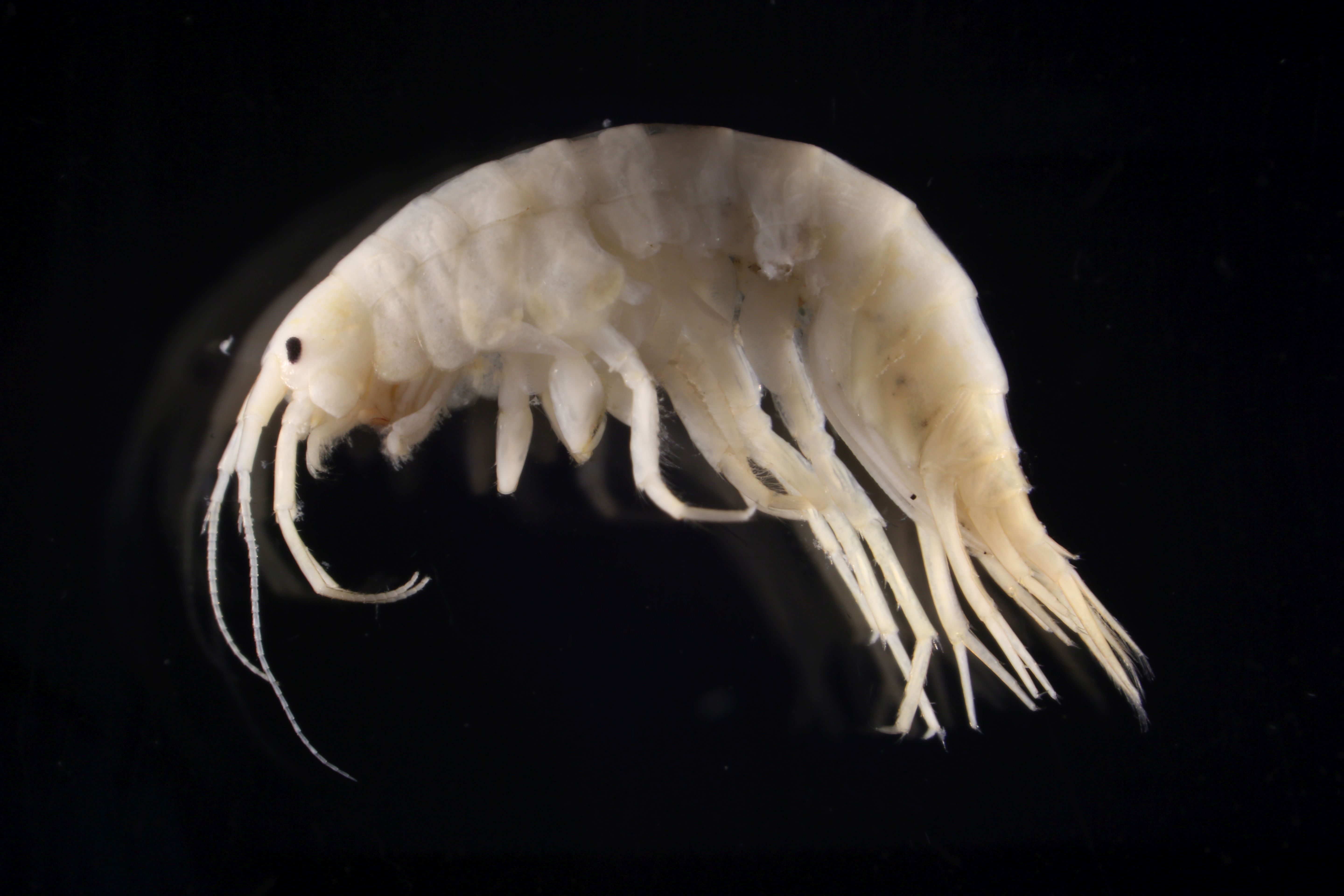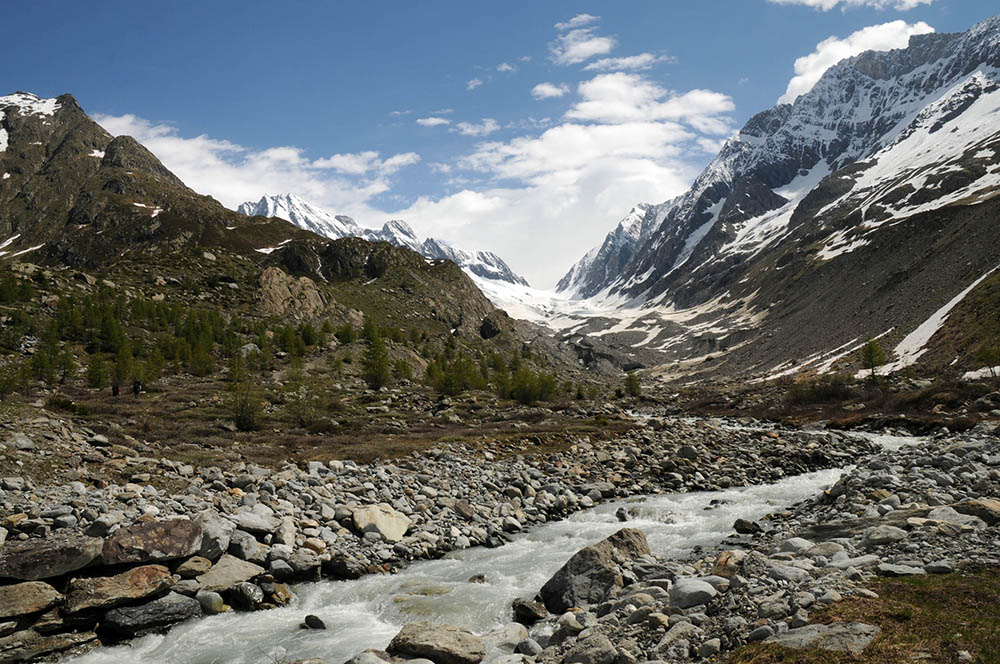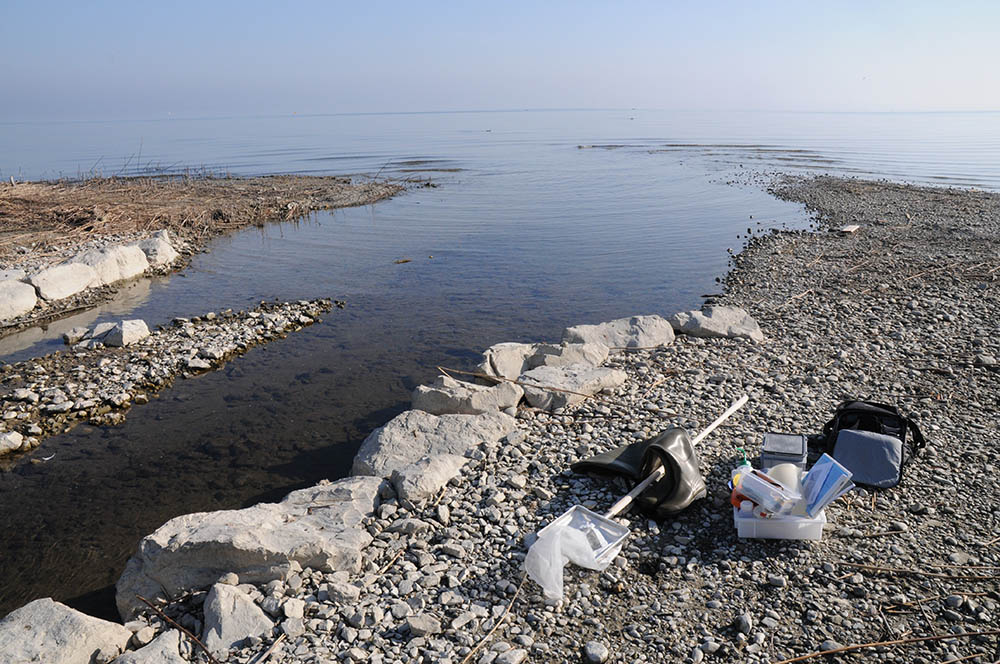Experiments have shown that biodiversity may increase or decrease ecosystem stability. As part of a collaboration between Owen Petchey’s lab at University of Zurich and Florian Altermatt’s lab at Eawag, we performed a large experiment that showed that species richness can simultaneously increase and decrease ecological stability. This highlighed that one should consider multiple stability components and that this could provide new insights. The study was recently published in Nature (read article here) and I am proud to be part of this fruitful project. The story behind the paper can be read in this blog post by Frank Pennekamp.
Category: Publication
Two new Niphargus species
With our new publication in ZooKeys, the number of amphipod species from Switzerland has risen again. The paper contains two new species (Niphargus luchoffmanni sp. n. and Niphargus tonywhitteni sp. n.), with drawings and descriptions. Additionally, the paper provides a DELTA (DEscription Language for TAxonomy) file and BOLD barcodes, allowing everyone the identification of niphargids based on various morphological and molecular characters.

Both species are geographically restricted (Austria, Germany, Switzerland), with one (N. luchoffmanni) being endemic to the Swiss alps. The species were named after Hans Lukas “Luc” Hoffmann (1923–2016), naturalist and ecologists, founder of the MAVA foundation and co-founder of the World Wild Fund for NAture (WWF), and after Tony Whitten (1953–2017), who devoted his life to nature conservation including conserving life in caves, also being a co-chair of the Cave Invertebrate Specialist Group at IUCN.
With this publication, the next step towards the monography about Swiss amphipods is done. The book should be available by the end of the year via CSCF. This homepage will keep you updated. Or contact me if you want to be informed about the release of the Fauna Helvetica monograph.
An endemic amphipod of the Alps

In our most recent paper, Florian Altermatt, Cene Fišer, and me describe a new amphipod species that is endemic to the Alps. What has been considered to belong to the circumboreal Gammarus lacustris species complex turned out to be a highly diverged lineage. It represents an own species within the Alps. Given its natural but restricted distribution, we name the endemic amphipod species Gammarus alpinus sp. nov.
Already endangered?
The species is commonly found in high alpine lakes of Central Europe. Although its wide distribution, invasive species and increasing anthropogenic pressure in its natural habitat impose challenges to the newly described species. Assigning a name to this biological entity hopefully facilitates the conservation efforts. Our study is published in the Zoological Journal of the Linnean Society. It highlights the importance of combining different methods to resolve cryptic diversity. Furthermore I would hereby like to acknowledge all the people and institutions that helped to conduct this study.
Alpine chironomids of Switzerland

Our study on chironomids of high elevation and non-glacial streams is available online via Schweizerbart. We found highly diverse and spatially-structured communities of these ecologically important macroinvertebrates. Rarity was prevalent and highlighted the local differences between sites. Regional patterns reflected distributions of the more common taxa. Hence, projections of chironomid assemblages under climate warming are difficult and conservation of these diverse habitats is therefore important.
Amphipod communities in tributaries to Lake Constance

Work that initially started as a small semester project in 2011, thought to provide a better understanding of amphipod communities in streams around Lake Constance, now got published in BMC Ecology. I’m really happy that Florian Altermatt suggested this project when I started my Master’s studies and that his research group continued to work on the study system. The project introduced me to the world of amphipods and this is how I eventually became an amphipodologist.
In the paper, we report replicated patterns of community composition and spatial distributions in smaller tributary streams of Lake Constance. However, invading species had no clear effect on the genetic diversity of native amphipods on this small spatial scale. This suggests that large scale observations of invasion biology may not be directly reflected on a smaller scale.
